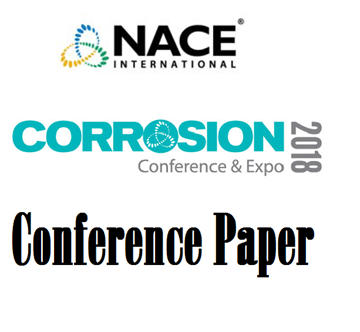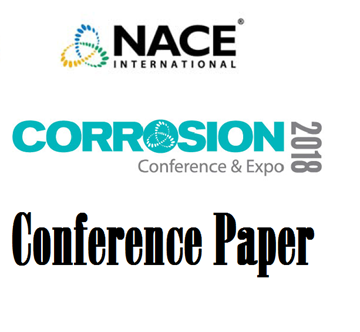Search
Products tagged with 'remote'
View as
Sort by
Display
per page
51318-11211-Monitoring Corrosion Rates in Diverse Applications Using Web Enabled Real-Time Analytics
Product Number:
51318-11211-SG
Publication Date:
2018
$20.00
51318-11259- Robotic Crawler ILI of Unpiggable 10” Natural Gas Pipeline in an Urban Area
Product Number:
51318-11259-SG
Publication Date:
2018
$20.00
Development of a Low-Power Wireless Sensor Network of Conductivity Probes for the Detection of Corrosive Fluids in Pipelines
Product Number:
51320-14502-SG
Publication Date:
2020
$20.00
Testing of a Low-Power Wireless Sensor Network of Conductivity Probes to Detect Corrosive Fluids in Pipelines
Product Number:
51321-16380-SG
Publication Date:
2021
$20.00




